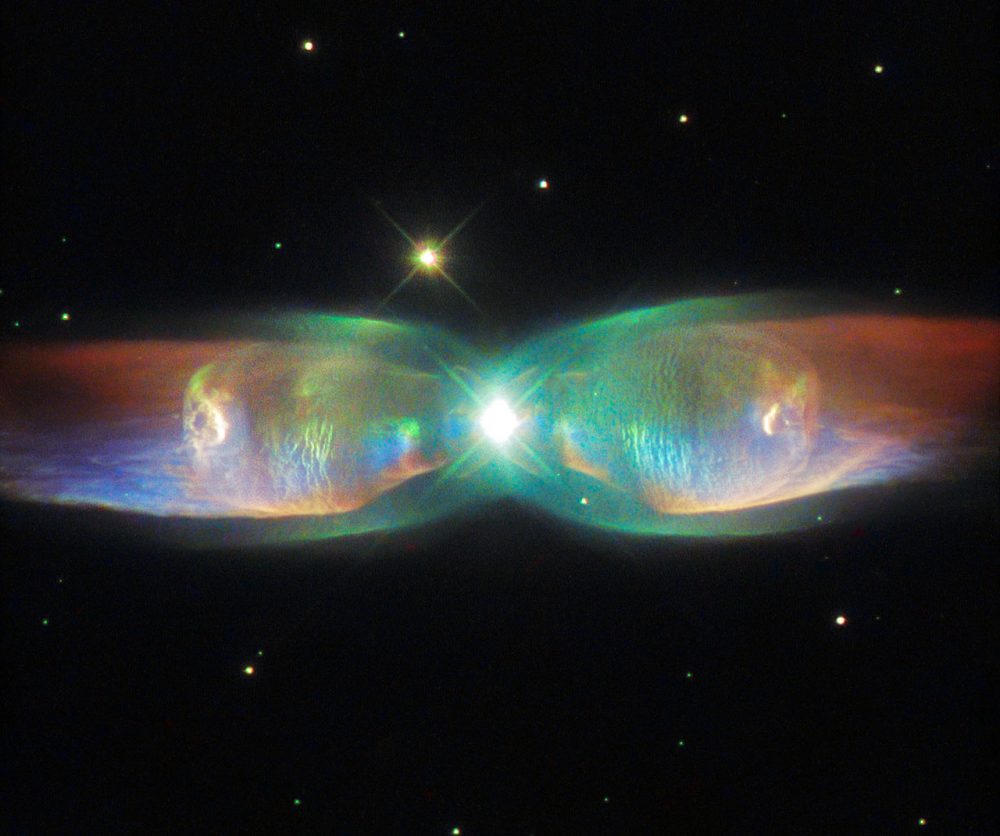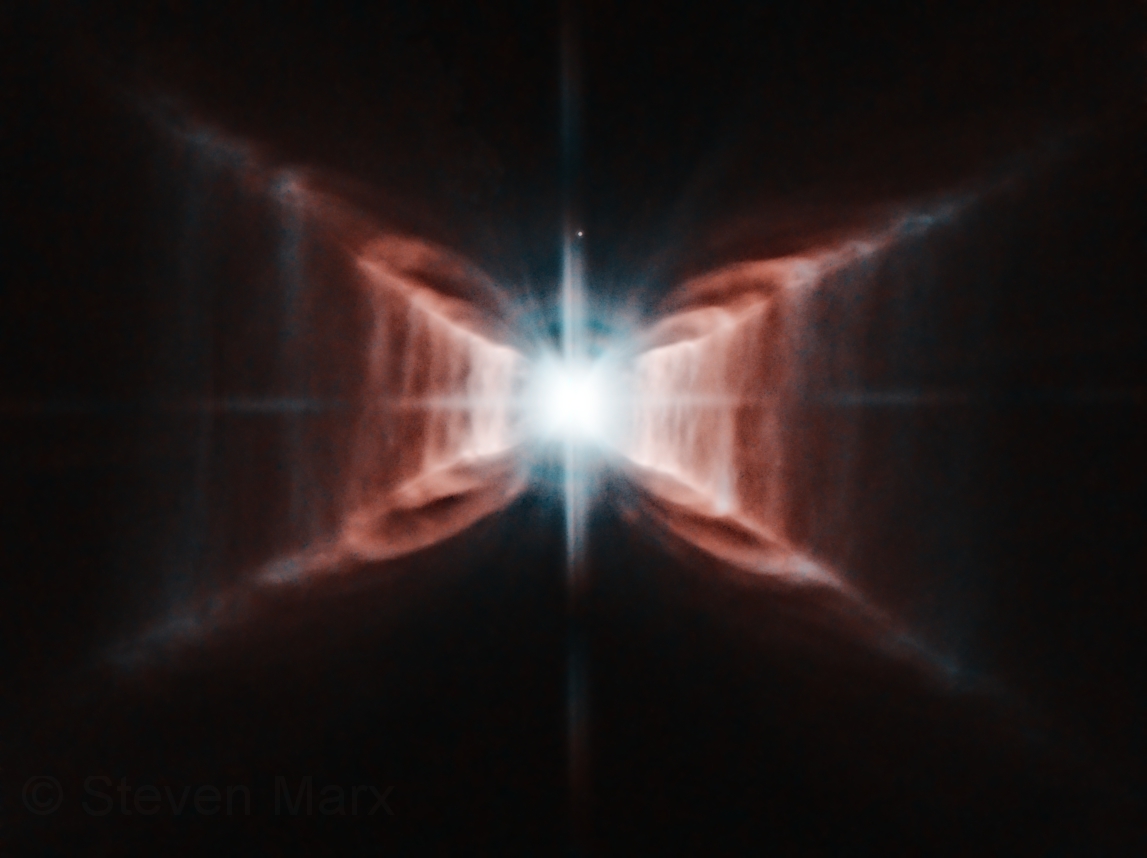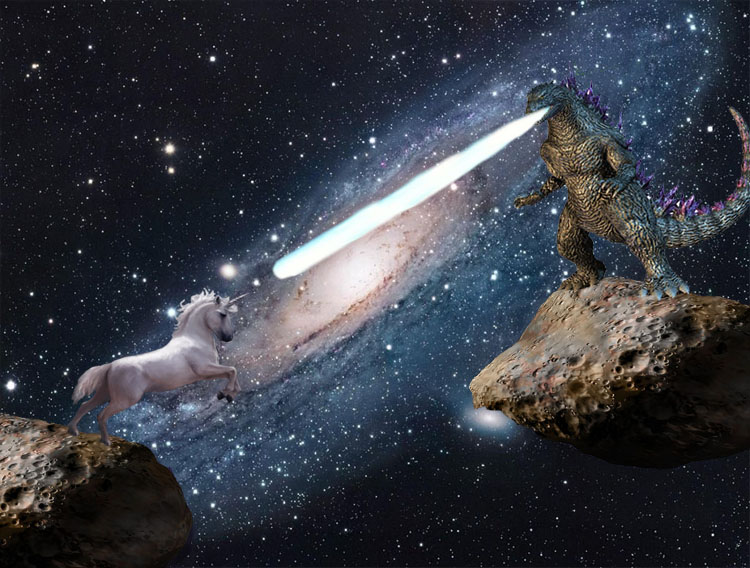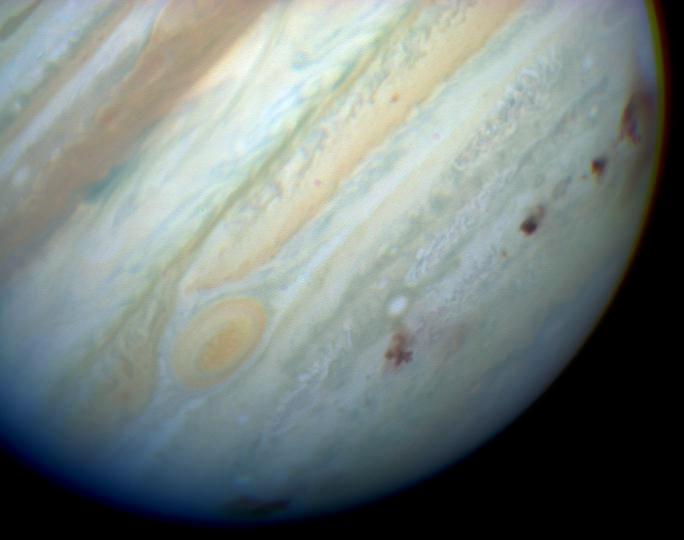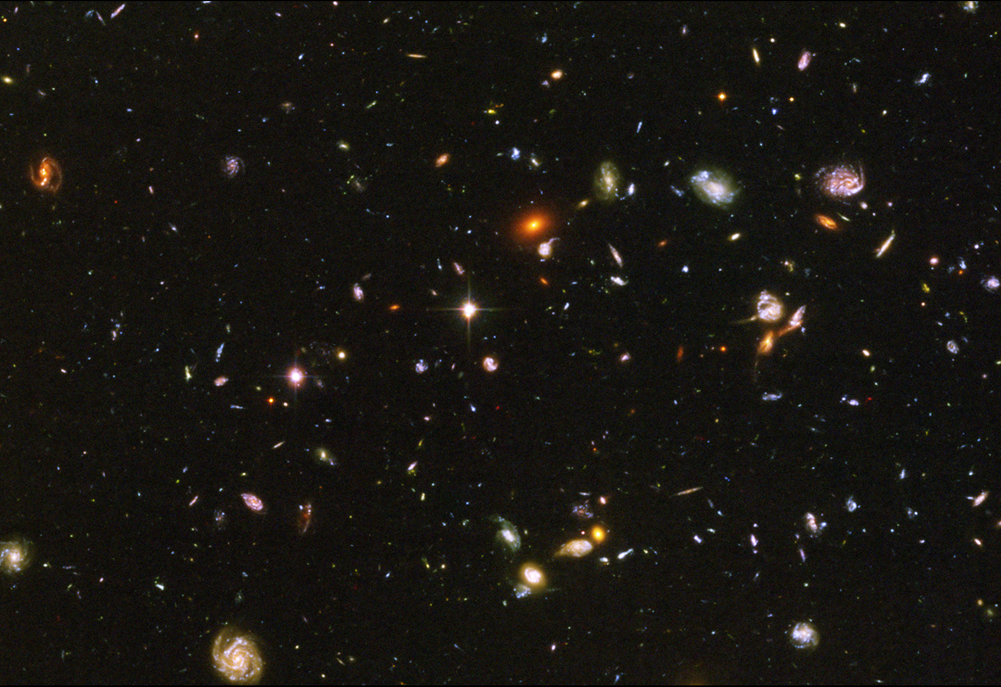Note – A few years ago, I was asked to review Elizabeth Kessler’s 2012 book
Picturing the Cosmos: Hubble Space Telescope Images and the Astronomical Sublime. The review came out in a fairly obscure academic journal with far less exposure than Kessler’s fine book warrants. With the 25th anniversary of the launch of Hubble this week, I wanted to present the review to a wider audience and make a few additional observations.
One can quibble about the details but the facts stand for themselves – the Hubble Space Telescope is the most influential (and certainly most expensive) science facility in human history. Its influence can be measured not just the number of scientific papers it has produced but also in terms of the global reach the images from HST have and the ways in which they have taken root deeply into the popular imagination.The ways in which these images come to us are the subject of Elizabeth Kessler’s wonderful book Picturing the Cosmos. I encourage anyone who is fascinated by Hubble’s photographs and their impact on the visual imagination over the last quarter-century to pick up a copy.
Just writing that – a quarter-century – stands out. There is a generation of scientists now who literally cannot remember a time when there was no Hubble Telescope. The ways in which Hubble’s data is used and re-used have shaped astronomical practice. Look at this graph:
This image alone makes it clear how Hubble has changed the ways in which astronomers do their science. Somewhere around 2003, the number of publications using data from the HST archive surpassed those produced from actual observations. The number has continued to climb. And, today, something like 40% of HST-related publications use only archived data.
In 1998, the Hubble Heritage Team was preparing to release a new image of the planetary nebula NGC 3132. Hubble Heritage images appear not just in research papers but on calendars, coffee mugs, and the walls of art galleries. This is partly why HST is so influential…they literally shape how many citizens and scientists around the world see the universe. When describing how a balance between aesthetic inclinations and scientific veracity was found for the NGC 3132 picture, one team member explained, “We tend to look for things that ‘look right.’ And what exactly looks right is maybe a little hard to quantify.”This quote come near the end of Kessler’s excellent and thought-provoking new book, captures a great deal of the tension inherent in making and viewing contemporary astronomical images. Such scientific images have an inherent aesthetic and artistic quality. As Kessler’s book reveals, they do all sorts of work besides “merely” conveying scientific information.The “astronomical sublime” is central to Kessler’s analysis of Hubble images. Primarily focusing on the work of the Hubble Heritage Project, she expands on the sublime’s characteristics features (astonishment, the infinite, and even terror) and extends it beyond its origins with 18th century scholars like Immanuel Kant and Edmund Burke. Contemporary Hubble images not only reflect qualities of the sublime but also resemble earlier traditions in western art. We can compare Hubble images to famous 19th century landscape paintings by artists such as Thomas Moran and Albert Bierstadt.
Thomas Moran’s Cliffs of the Upper Colorado River, Wyoming Territory (1882)
The famous 1995 “Pillars of Creation” image – a view of the Eagle Nebula – has parallels to, for example, those the towering cloud and rock formations found in Romantic scenes of the American West.
These 19th century scenes of the American frontier once conveyed natural splendor to parlor-bound citizens. They also communicated the ideology of manifest destiny and the transformative power of the frontier as Frederick Jackson Turner famously noted. In similar fashion, images from Hubble reflect their own historical moment by stimulating public interest and continued funding for NASA’s continued exploration of the cosmic frontier. In the early 1990s, when the telescope’s initial spherical aberration threatened to undermine public and political support altogether, images from Hubble proved especially critical. They convinced scientists, politicians and tax payers that a hobbled Hubble could still produce good science and a repaired telescope even more so.
Kessler’s book blends the histories of art and astronomy with oral history interviews and observations of contemporary astronomers at work. She also engages with the work of other scholars who have considered the nature and use of astronomical images. The book, for example, finds common ground with Samuel Edgerton and Michael Lynch’s earlier work on digital image processing.1
Also critical are the ways in which astronomical images – especially the highly visible ones from the Hubble Heritage Project – perform functions besides those narrowly construed as “scientific.”Look at this still from the 1990s show Star Trek Voyager – what’s in the background? A Hubble image. Years ago I interviewed NASA administrator Ed Weiler. At the time, NASA was defending the budget for the James Webb Space Telescope (sometimes, but erroneously – I think – billed as the successor to Hubble). One of the things we talked about was the popularity of Hubble and how this helped sell JWST to a skeptical Congress. Weiler remarked – and I’m paraphrasing – that if he wanted to know which Hubble images were popular, all he had to do was watch Voyager (or check out the calendars and coffee-table books packed with Hubble images.)Kessler’s treatment of HST images is far from naïve, however. Kessler explains how Hubble images are “doubly translated”, moving from object into digital data and then into image. This issue of conversion has long been an issue for astronomers. How a Hubble image is produced is as important as the image itself. Starting with proposal submission and moving to data collection, calibration, analysis, and presentation, we encounter persistent questions about the “objectivity” of scientific images. What constitutes a legitimate image when so much massaging and processing goes producing it? However, issues about authenticity existed long before the advent of digital images, starting when astronomical images were first captured via hand-made drawings and then recorded with photographic techniques.
Years ago I interviewed NASA administrator Ed Weiler. At the time, NASA was defending the budget for the James Webb Space Telescope (sometimes, but erroneously – I think – billed as the successor to Hubble). One of the things we talked about was the popularity of Hubble and how this helped sell JWST to a skeptical Congress. Weiler remarked – and I’m paraphrasing – that if he wanted to know which Hubble images were popular, all he had to do was watch Voyager (or check out the calendars and coffee-table books packed with Hubble images.)Kessler’s treatment of HST images is far from naïve, however. Kessler explains how Hubble images are “doubly translated”, moving from object into digital data and then into image. This issue of conversion has long been an issue for astronomers. How a Hubble image is produced is as important as the image itself. Starting with proposal submission and moving to data collection, calibration, analysis, and presentation, we encounter persistent questions about the “objectivity” of scientific images. What constitutes a legitimate image when so much massaging and processing goes producing it? However, issues about authenticity existed long before the advent of digital images, starting when astronomical images were first captured via hand-made drawings and then recorded with photographic techniques.At the same time, there is something profoundly different about digital images. New tools and standardized formats developed in the late 1970s and 1980s facilitated the circulation of digital data.
Meanwhile,image processing technologies (derived from classified reconnaissance activities) gave scientists greater flexibility in using contrast, color, and cosmetics to interact with their data. Although positioned as “rational” depictions of the cosmos, Hubble images reflect aesthetic and personal choices consciously made by scientists as well as the technological legacy of the Cold War. If these ideas and images intrigue you, check out Kessler’s excellent book.



